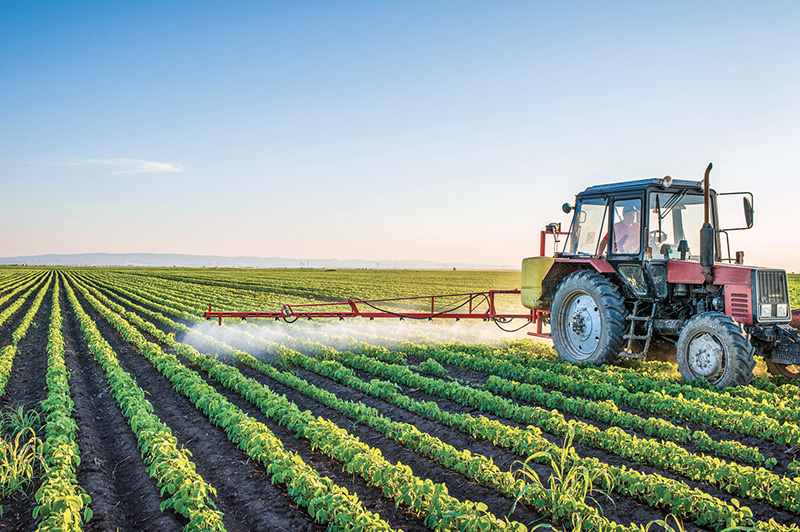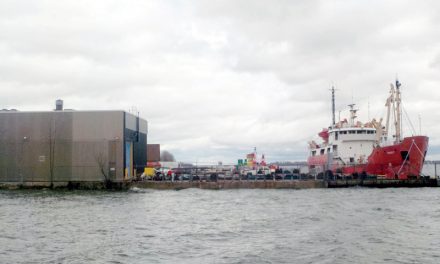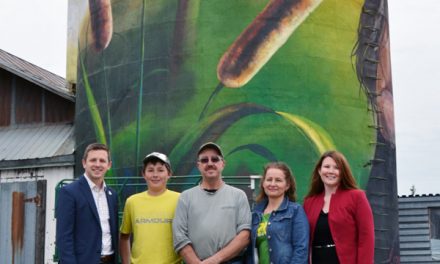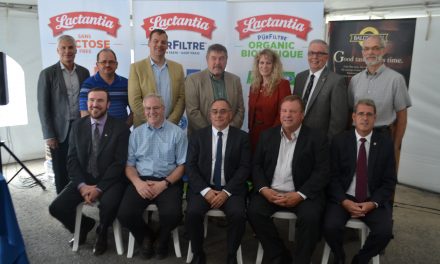By Kelsey Banks, Agronomist
AgriNews Contributor
There is no other way to say it: the way pest management and fertility planning have been implemented in many fields across the globe will have to be reconsidered for the 2022 crop.
With the reduced supply of some popular herbicides like glyphosate and reduced supply of some fertilizers, these products are scarce and their prices have risen. As more farmers are talking about this with their agronomists or agricultural retail representatives, stress can affect all concerned.
We know the situation regarding both pesticides and fertilizers is stressful so let’s do something about it. In this article we’ll focus on pest management.
According to Science Direct, “Pests can include weeds, plant pathogens (certain fungi, bacteria, and viruses), rodents, and nematodes in addition to…plant-feeding insects and mites…and are estimated to destroy as much as one-third of all agricultural yield.” Right now, many farmers see a weed and instantly think the only way to kill it is to use a herbicide. However, there are other ways to control pests.
Integrated Pest Management (IPM) is a sustainable, science-based decision-making process that combines biological, cultural, physical and chemical tools to identify, manage and reduce risks from pests, and employs pest management tools and strategies in a way that minimizes overall economic, health and environmental risks. Here is further information about each method:
Biological
Uses predators, parasites and diseases of pests in a targeted way to suppress pest populations. Use of predators and parasites as biocontrol for pests are handled in one or more of three ways:
Conservation and encouragement of naturally occurring biocontrol organisms by cultural techniques or at least avoidance of harming them;
Augmentation of naturally occurring species by purchasing and releasing more of the same;
“Classical” biological control in which new biocontrol species specific to pests are sought and introduced.
Cultural
Suppresses pest problems by minimizing the conditions they need to live (water, shelter, food), for example, by planting crops that are adapted to your growing conditions, planting them in the right place, giving proper attention to their water and nutritional needs, etc. Strong plants resist diseases, outgrow weeds and are less likely to succumb to insects.
Physical
Prevents pest access to the host or area, or, if the pests are already present, by physically removing them by some means. For example, this could mean using barriers, traps, vacuuming, mowing or tillage, depending upon the pest and situation.
Chemical
There are many “chemicals” that are used in pest management situations, but not all chemicals are alike from the standpoint of their range of action, toxicity, or persistence in the environment.
Putting together an IPM plan with an agronomist or agricultural retail representative may help to reduce your product needs, costs, and stress. A meeting with these experts is a great start to achieving a well-honed IPM plan that will help maximize yields…and minimize stress!













